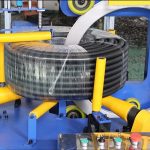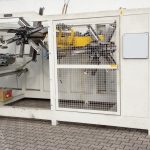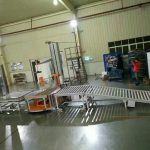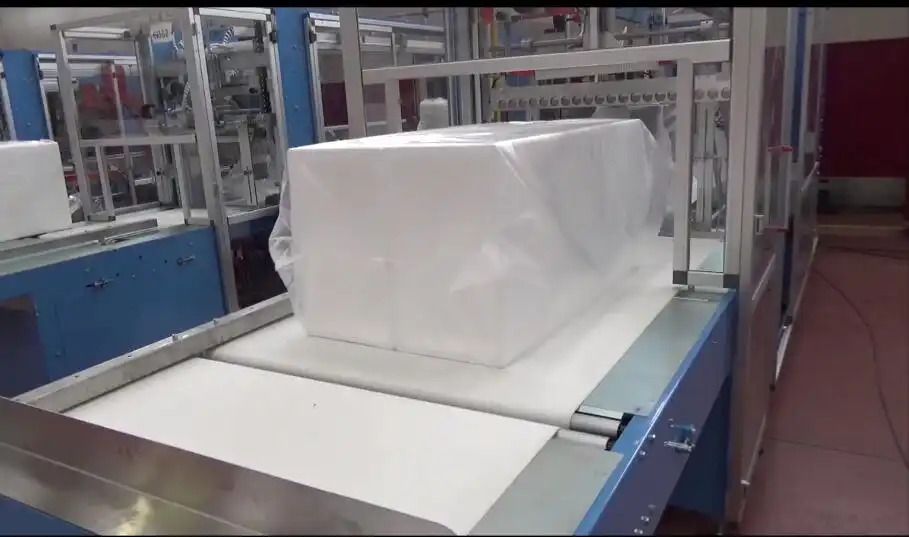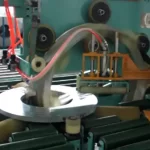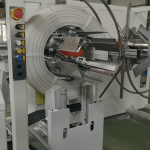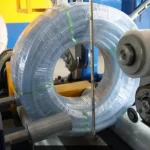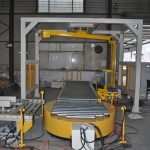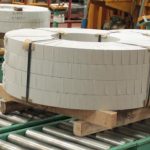As a manufacturer for automatic PET strapping machine
Improve your packaging process with an automatic PET strapping machine for ingots pallet packing. Keep your ingots secure during transportation with this efficient and reliable solution.
The packaging of ingots pallets can be a laborious and time-consuming task, especially if done manually. If you’re looking to improve the efficiency of your packaging process and ensure the safe transportation of your ingots, an automatic PET strapping machine for ingots pallet packing might be the perfect solution for you.
What is an Automatic PET Strapping Machine for Ingots Pallet Packing?
An automatic PET strapping machine for ingots pallet packing is a specialized equipment designed to strap ingots securely onto pallets using PET strapping. These machines are ideal for industries that require efficient and reliable strapping solutions for ingots pallets.
Why Use an Automatic PET Strapping Machine for Ingots Pallet Packing?
Using an automatic PET strapping machine for ingots pallet packing offers numerous benefits, including:
Increased Efficiency: These machines can handle large volumes of ingots pallets quickly and effectively, reducing packaging time and increasing productivity.
Enhanced Safety: The machines automate the strapping process, reducing the need for manual labor and minimizing the risk of workplace accidents.
Customizable: The machines can be customized to suit specific packaging requirements, ensuring that ingots pallets are strapped securely and efficiently.
Cost-Effective: These machines reduce material waste and prevent damage to ingots during packaging, minimizing the risk of product returns and loss of revenue.
How Does an Automatic PET Strapping Machine for Ingots Pallet Packing Work?
An automatic PET strapping machine for ingots pallet packing typically works by:
Placing the ingots onto the pallet.
Feeding the PET strapping onto the machine’s conveyor belt.
Wrapping the PET strapping around the pallet and the ingots, tightening and securing it in place.
Cutting the PET strapping to the appropriate length.
Removing the strapped pallet from the machine.
Conclusion
Investing in an automatic PET strapping machine for ingots pallet packing is a smart decision for any industry that deals with ingots. With the ability to handle large volumes of ingots pallets and customize strapping requirements, these machines offer a reliable and efficient solution for ingots pallet packing. By reducing packaging time, minimizing the risk of workplace accidents, and preventing damage to ingots, these machines can help businesses save costs and increase productivity.
